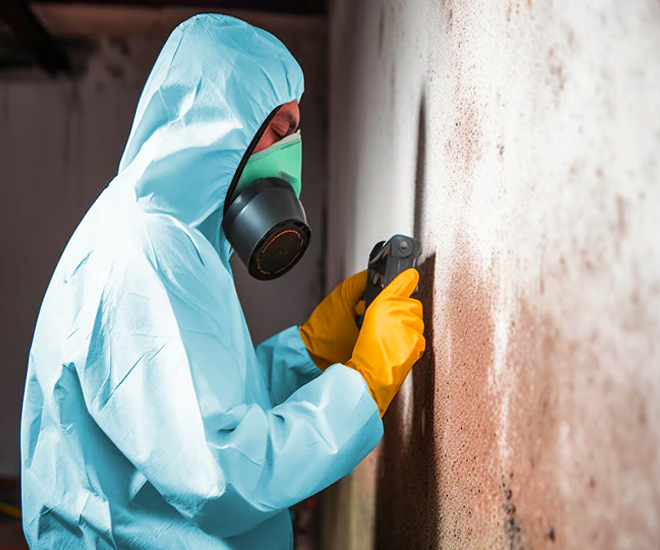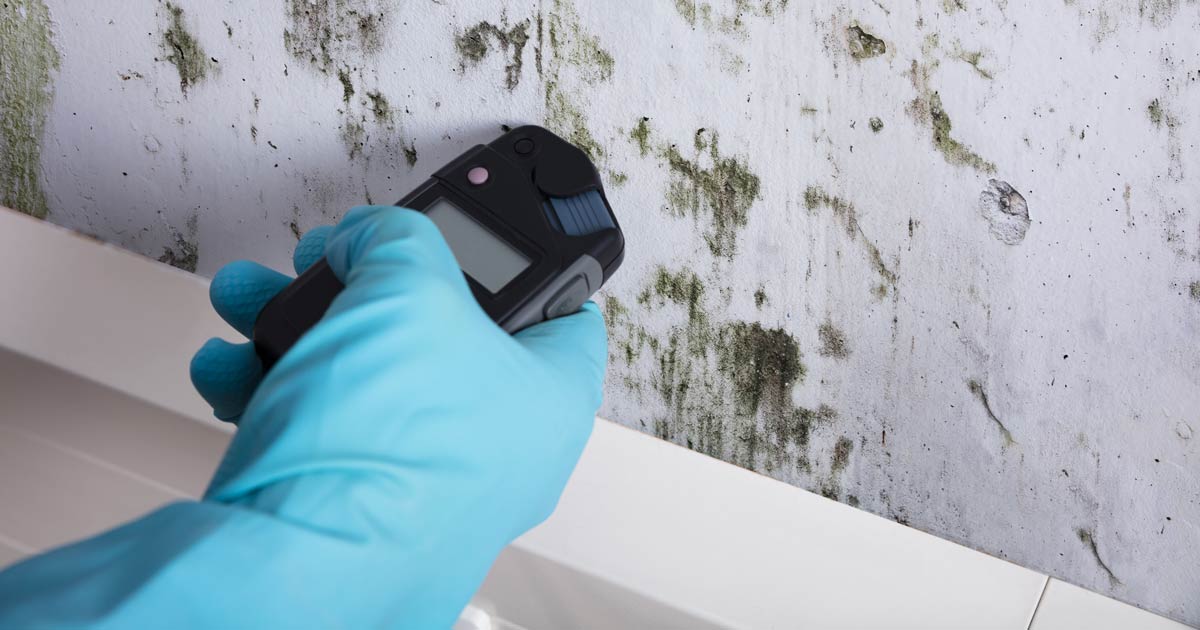Locating Post Remediation Inspection Near Me Solutions
Locating Post Remediation Inspection Near Me Solutions
Blog Article
Expert Tips for Message Mold And Mildew Remediation Success
In the world of mold remediation, effectively getting rid of mold is only half the battle; real difficulty hinges on preventing its reappearance. Post-remediation efforts play an essential role in making sure a mold-free atmosphere in the lengthy term. By adhering to professional ideas and ideal techniques, people can secure their rooms versus mold and mildew rebirth and maintain a healthy interior environment. It remains in this stage of the remediation process that attention to detail and proactive actions absolutely make a distinction.
Screen Humidity Degrees Frequently
After completing mold and mildew remediation procedures, maintaining optimal moisture levels is crucial to prevent mold re-growth and make certain a healthy and balanced interior environment. High humidity degrees over 60% develop a helpful environment for mold to prosper, making normal monitoring a proactive procedure to stop any kind of future mold issues.
Using hygrometers or dampness meters can assist in accurately gauging moisture levels in various locations of the residential property. These tools give real-time information that allows removal specialists to make enlightened decisions pertaining to air flow, dehumidification, and various other essential activities to keep ideal humidity levels post-remediation. Additionally, developing a regular timetable for moisture checks, specifically in risky areas such as washrooms, cellars, and cooking areas, is a proactive approach to mold and mildew avoidance. By regularly keeping an eye on moisture degrees, home owners can properly alleviate the danger of mold reoccurrence and keep a healthy interior environment post-remediation.
Conduct Thorough Inspections Post-Remediation
Adhering to the conclusion of mold removal treatments, it is essential to conduct detailed inspections to verify the efficiency of the removal procedure. These post-remediation inspections are vital in ensuring that the mold problem has actually been efficiently addressed and that there is no recurrence or remaining mold and mildew growth. Examinations should be performed by qualified experts that have expertise in identifying mold and mildew and examining interior air top quality.
Throughout these examinations, numerous approaches such as aesthetic analyses, air tasting, and surface area tasting might be used to extensively review the remediated locations. Aesthetic analyses entail a thorough evaluation of the facilities to look for any kind of visible signs of mold growth or water damage. Air tasting helps in establishing the airborne mold and mildew spore degrees, while surface area tasting can spot mold and mildew particles on surface areas.
Implement Appropriate Air Flow Approaches
After ensuring the performance of the mold remediation procedure with complete assessments, the next crucial step is to concentrate on carrying out proper air flow methods. Sufficient air flow is necessary in stopping mold reoccurrence by regulating wetness levels and advertising air flow. To achieve this, it is suggested to utilize exhaust fans in locations susceptible to high moisture, such as kitchens and washrooms. Furthermore, opening doors and windows when weather allows can assist boost air flow and lower wetness build-up. Air dehumidifiers and cleansers are likewise valuable tools in maintaining optimum interior air top quality.
Correct air flow not only aids in stopping mold and mildew growth however also contributes to the total wellness and convenience of passengers. By making sure sufficient ventilation throughout the home, you can decrease the risk of mold and mildew regrowth and produce a healthier living environment.

Usage Mold-Resistant Products for Repair Works
To enhance the lasting effectiveness of mold and mildew remediation initiatives, integrating mold-resistant products for repair services is essential in minimizing the danger of future mold and mildew growth. Mold-resistant products are designed to stand up to moisture and hinder mold and mildew growth, making them an essential option for locations susceptible to wetness and humidity. When fixing locations affected by mold and mildew, making use of materials such as mold-resistant drywall, mold-resistant paints, and mold-resistant caulking can aid prevent mold and mildew reappearance.
Mold-resistant drywall is an visit the website outstanding option to typical drywall in areas like basements and restrooms where wetness degrees are greater. This kind of drywall has an unique coating that resists mold growth even when exposed to damp conditions. Furthermore, utilizing mold-resistant paints consisting of antimicrobial representatives can additionally prevent mold development on walls and ceilings.
In locations where dampness prevails, such as shower rooms and kitchen areas, using mold-resistant caulking around tubs, sinks, and windows can aid seal out water and stop mold and mildew from holding in fractures and crevices. By purchasing these mold-resistant materials throughout repair work post-remediation, you can dramatically minimize the possibility of future mold issues and preserve a much healthier indoor environment.
Maintain Sanitation and Address Water Issues
Making certain sanitation and promptly addressing water concerns are essential practices to promote in securing indoor rooms from mold reinfestation. After mold and mildew remediation, it is essential to keep a clean setting to stop the regrowth of mold (After mold remediation). Regular cleaning, cleaning, and vacuuming can help eliminate any kind of remaining mold and mildew spores and prevent them from multiplying and working out. In addition, keeping indoor rooms dry and attending to any kind of water problems without delay is important in mold and mildew avoidance. Leaks, water intrusion, or high moisture degrees can develop the perfect breeding ground for mold and mildew, so it is crucial to fix any water-related issues instantly.
To preserve tidiness, take into consideration using HEPA filters in vacuum cleaners and air cleansers to catch mold spores and avoid their flow airborne. Guaranteeing appropriate ventilation in areas prone to moisture buildup, such as bathrooms and cooking areas, can aid maintain humidity levels in check. By staying vigilant concerning sanitation and addressing water concerns without delay, you can effectively protect against mold reinfestation and maintain a healthy and balanced indoor atmosphere.
Final Thought

In the world of mold and mildew removal, successfully removing mold and mildew is just half the battle; the true difficulty exists in stopping its reappearance. After completing mold removal treatments, keeping optimal humidity levels is crucial to stop mold re-growth and guarantee a healthy and balanced indoor atmosphere. High moisture degrees over 60% develop a helpful setting for mold and mildew to grow, making normal monitoring a proactive step look at here now to protect against any type of future mold concerns.
To enhance the long-lasting effectiveness of mold remediation initiatives, incorporating mold-resistant materials for fixings is vital read this article in minimizing the threat of future mold and mildew development. After mold remediation, it is important to preserve a clean setting to avoid the regrowth of mold.
Report this page